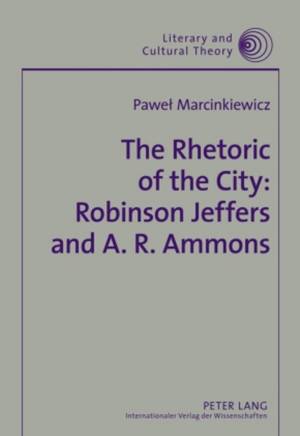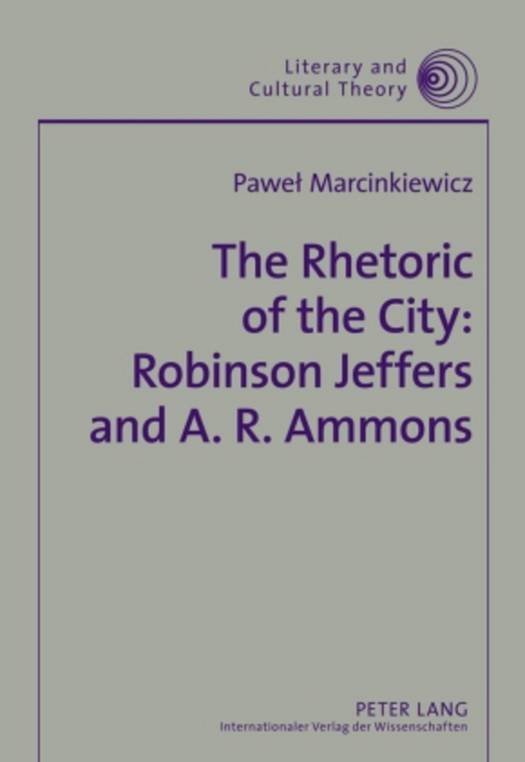
- Afhalen na 1 uur in een winkel met voorraad
- Gratis thuislevering in België vanaf € 30
- Ruim aanbod met 7 miljoen producten
- Afhalen na 1 uur in een winkel met voorraad
- Gratis thuislevering in België vanaf € 30
- Ruim aanbod met 7 miljoen producten
Zoeken
The Rhetoric of the City: Robinson Jeffers and A. R. Ammons
Pawel Marcinkiewicz
€ 78,45
+ 156 punten
Omschrijving
There are many similarities in the development of urbanism and literature in the last two hundred years, resulting from a correspondence between modes of city-planning and modes of literary expression. The symbolic city, connected to the transcendental sphere of myth, evolved into the allegorical city that was transcendentally disconnected. In literature, initially there was no distinction between the symbol and allegory, but for nineteenth-century writers both were antithetical. Later, the symbol and allegory were merely ornaments, embodying a nostalgic drive for the unity of a subject and the products of its perception. Robinson Jeffers's poetry, like the early twentieth-century city, relies on the symbol while A. R. Ammons's poetry, like the late twentieth-century city, is allegorical in its essence. These similarities are not coincidental, but prove that the city and literature belong to the same socio-cultural sphere.
Specificaties
Betrokkenen
- Auteur(s):
- Uitgeverij:
Inhoud
- Aantal bladzijden:
- 208
- Taal:
- Engels
- Reeks:
- Reeksnummer:
- nr. 33
Eigenschappen
- Productcode (EAN):
- 9783631597552
- Verschijningsdatum:
- 29/10/2009
- Uitvoering:
- Hardcover
- Formaat:
- Ongenaaid / garenloos gebonden
- Afmetingen:
- 148 mm x 210 mm
- Gewicht:
- 439 g

Alleen bij Standaard Boekhandel
+ 156 punten op je klantenkaart van Standaard Boekhandel
Beoordelingen
We publiceren alleen reviews die voldoen aan de voorwaarden voor reviews. Bekijk onze voorwaarden voor reviews.











